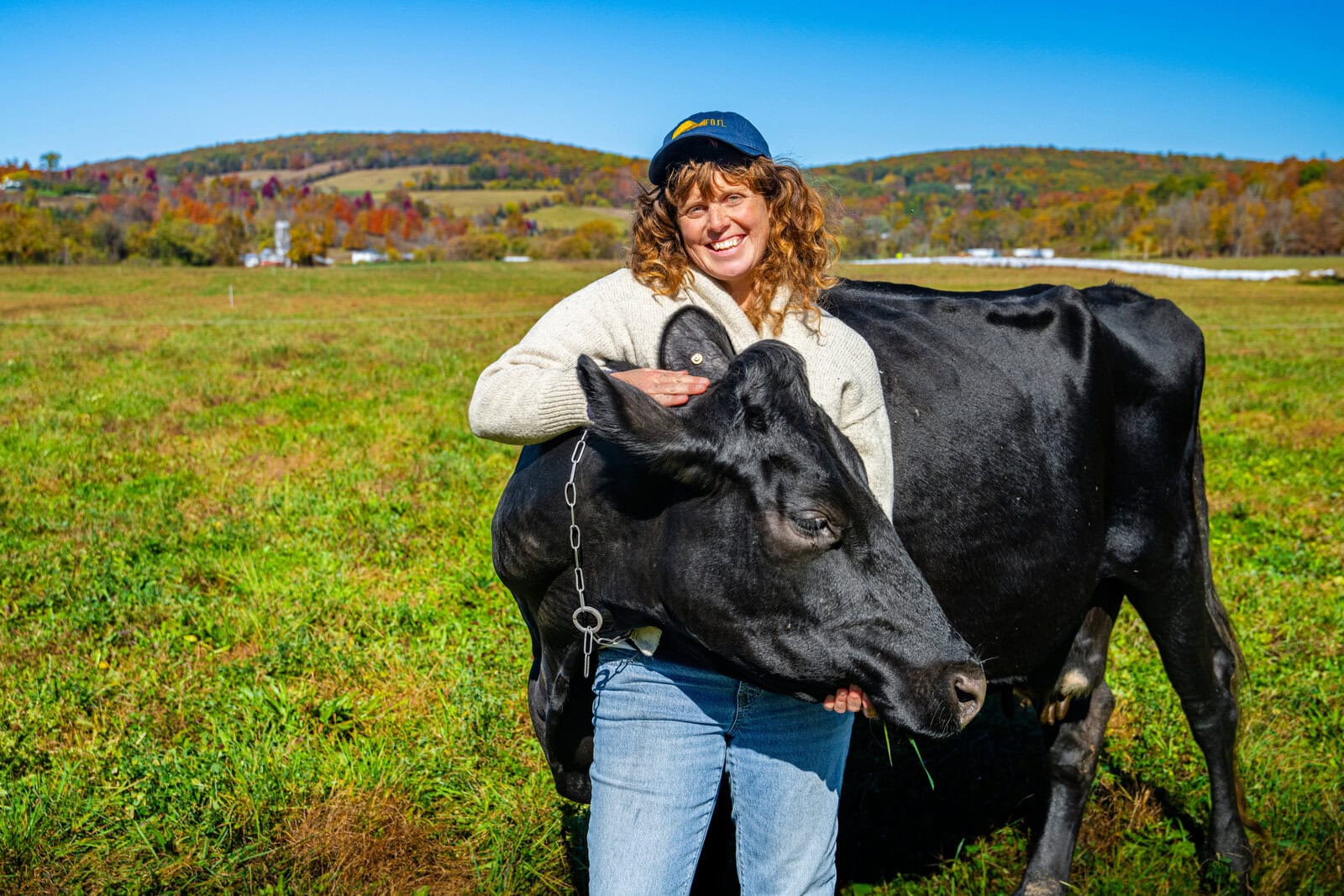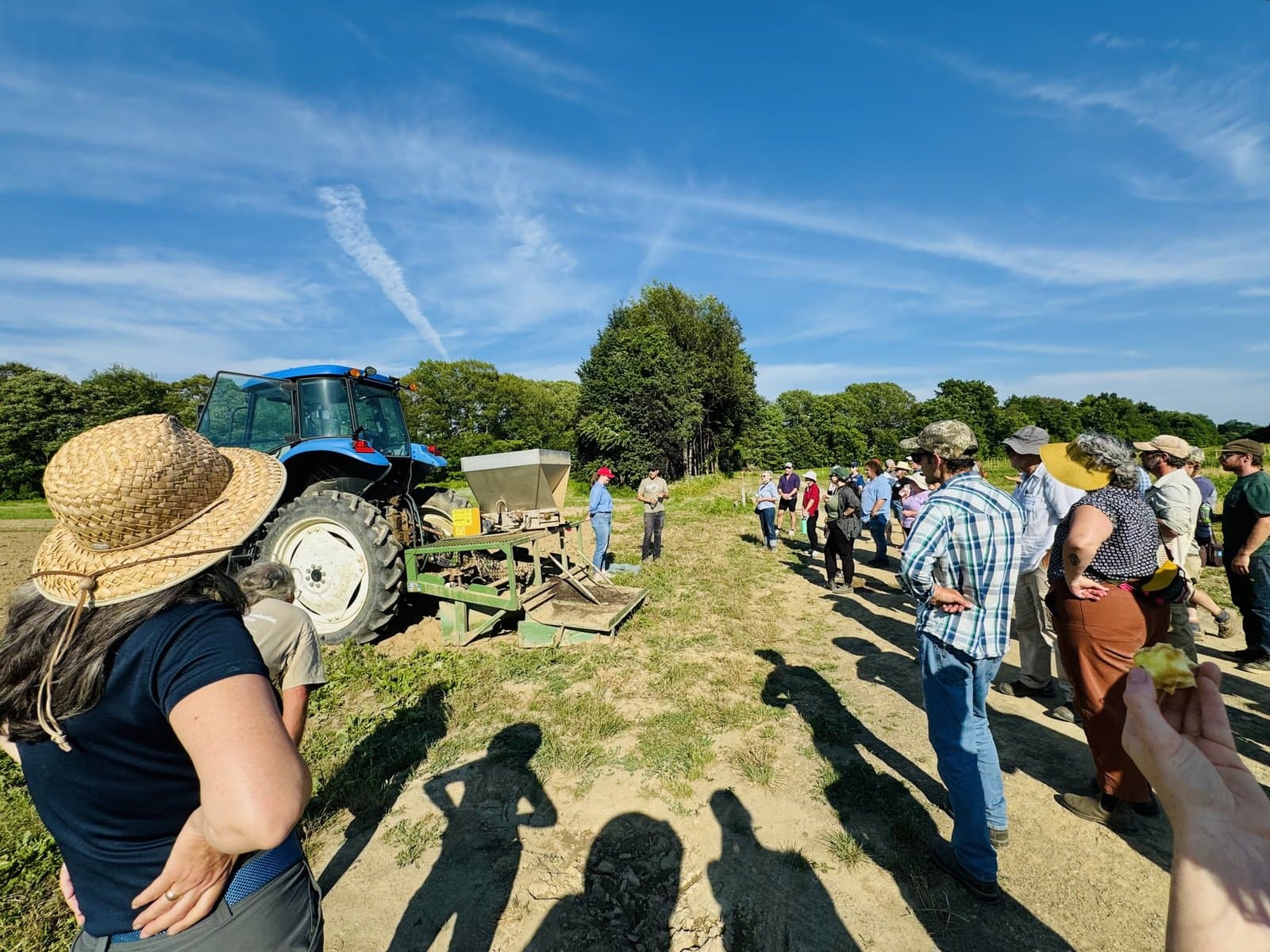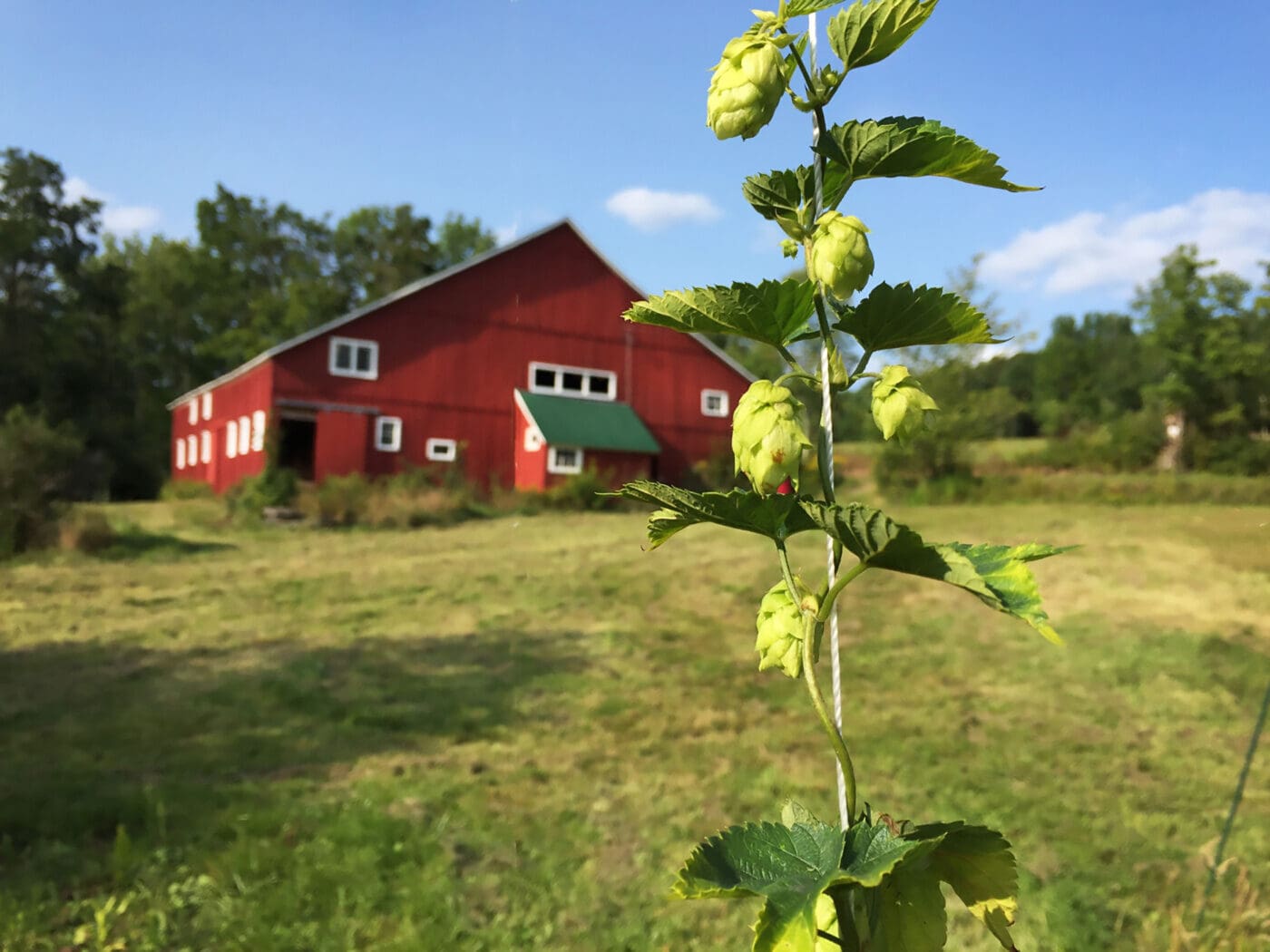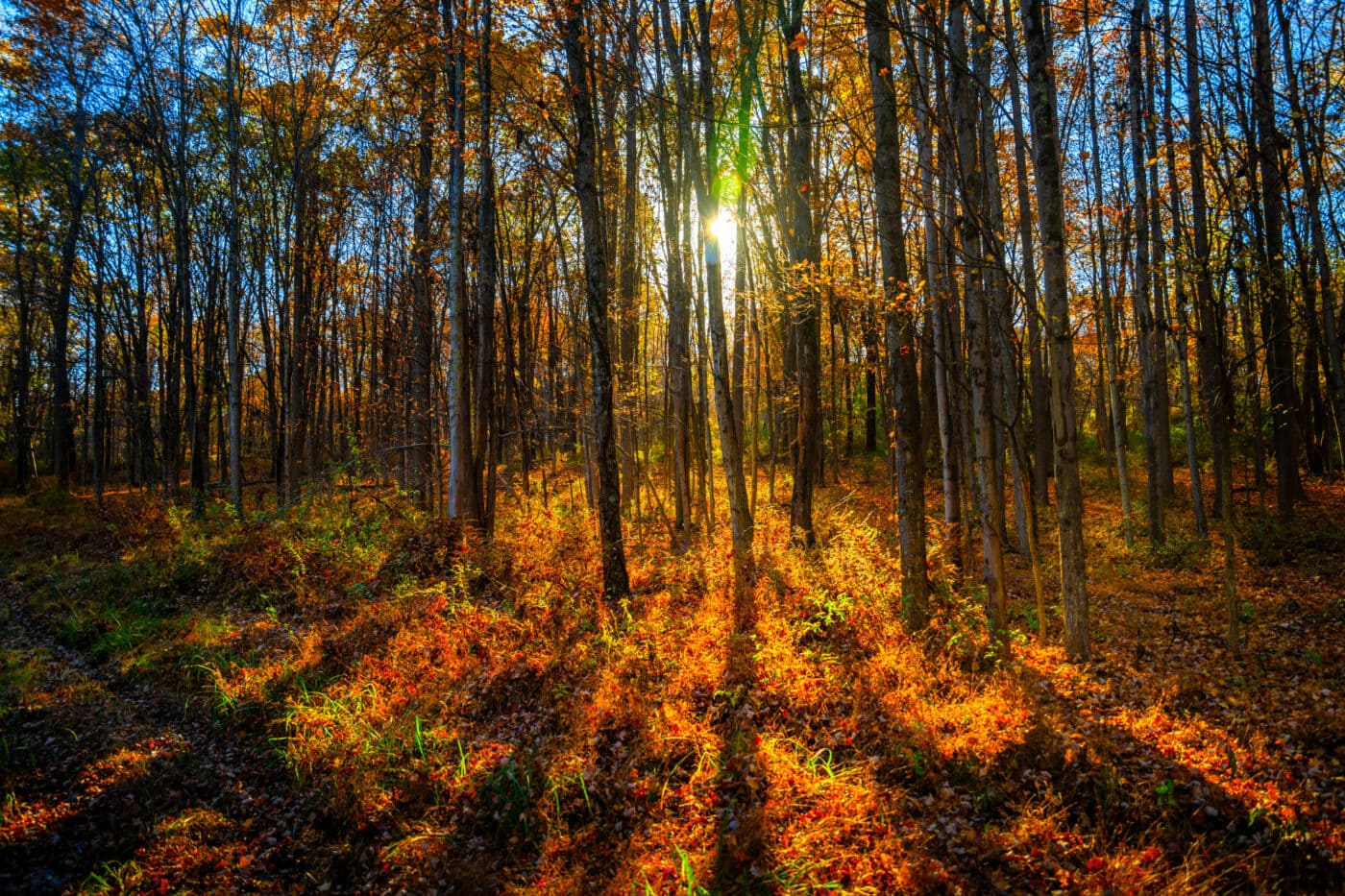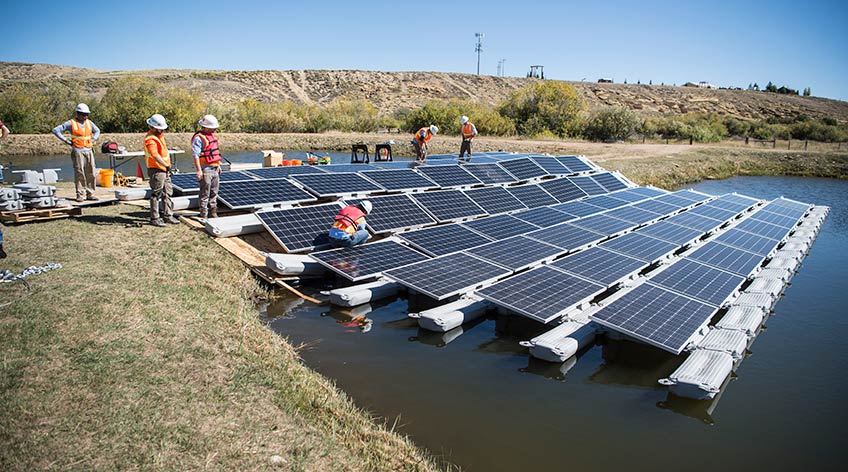A fascinating — and extremely large — piece of Hudson Valley history has returned to America for a brief visit. With any luck, we’ll be able to see it.
As part of the exhibit “Alexander von Humboldt and the United States: Art, Nature, and Culture,” the Smithsonian Museum of American Art in Washington, D.C., secured the loan of “Peale’s Mastodon” from a museum in Darmstadt, Germany. The bones of this great beast caused a huge stir upon their discovery in 1801 on a farm in Montgomery, Ulster County. In essence, they offered undeniable proof that America had a storied past.
With funding from the federal government — the first ever dedicated to a scientific endeavor — the American Philosophical Society dispatched Charles Willson Peale to recover the remains of this 10,000-year-old mammal. Peale was a wise choice: As well as an accomplished painter, he operated America’s first natural history museum. His painting Exhumation of the Mastodon evinces both his skills as an artist and early paleontologist. It portrays the large team of workers he assembled and the ingenious contraption he devised to prevent water from flooding the dig site.
What made this find truly remarkable was the skeleton’s virtual completeness. Individual mastodon bones had been unearthed around the new nation, but they failed to convey the animal’s immensity. At the time, European scholars ridiculed America for lacking any “important” natural history. They contended that the country’s wildlife sprang from weak, puny ancestors. Here at last—to the great joy of the nation—was solid evidence to the contrary. “There’s a huge amount of civic pride attached to this mastodon skeleton,” explains Smithsonian senior curator Eleanor Harvey. The scientific name accorded the beast — Mammut americanum — honored its country of origin.
For nearly half a century, Peale’s Mastodon proved the main attraction at his Philadelphia museum, attracting thousands of visitors. So how did it wind up in Germany? Following the museum’s closure in the mid-1800s, the Peale family sold it. After spending some time in France and England, the skeleton settled in at Darmstadt’s Hessiches Landesmuseum. (Read this compelling account of curators’ efforts to prepare it for the homeward journey.)
“Alexander von Humboldt and the United States” was scheduled to run from March 20-August 16, but the museum remains closed during the coronavirus crisis. Hope springs eternal that it will reopen in time, or the exhibit’s dates will be revised. And while this most famous of all mastodons eventually will re-cross the Atlantic, a skeleton unearthed in Cohoes in 1866 will continue delighting visitors to the New York State Museum in Albany.
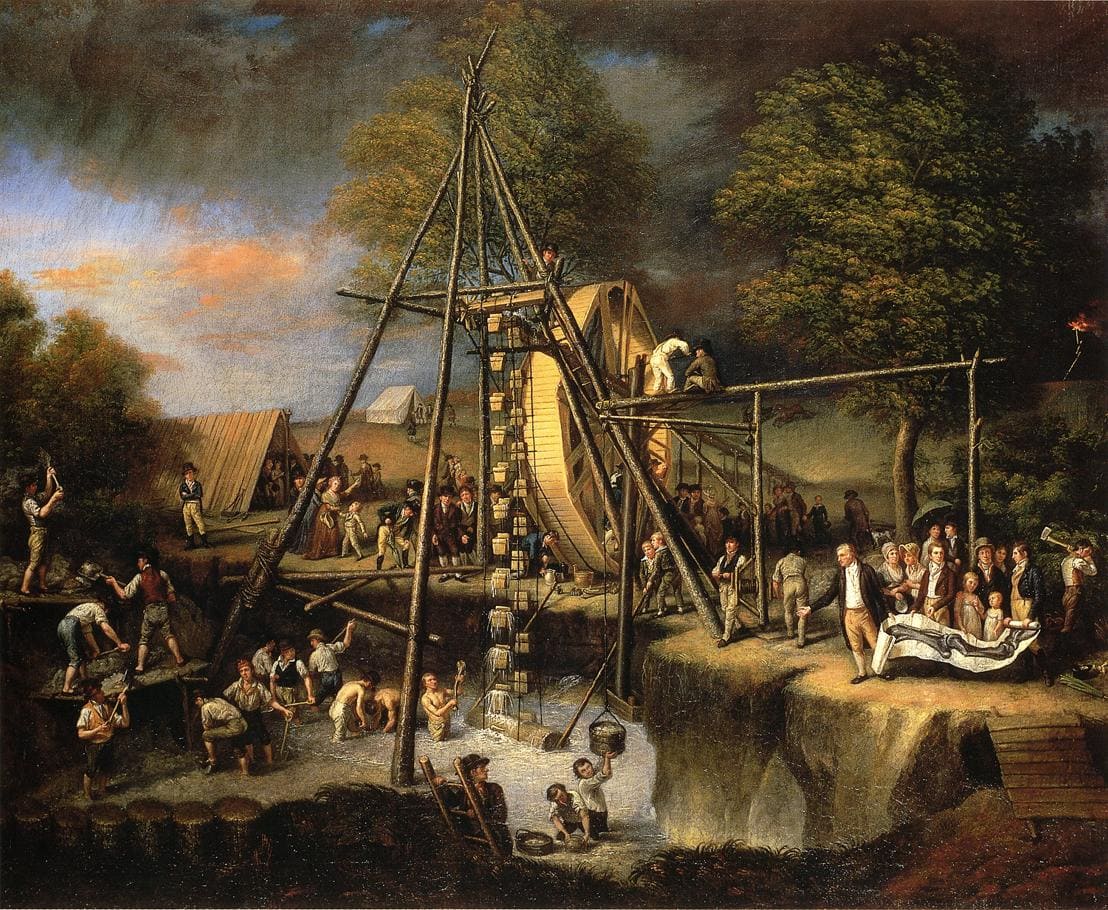
Exhumation of the Mastodon by Charles Willson Peale / Public domain (Credit: From Wikimedia Commons, the free media repository) 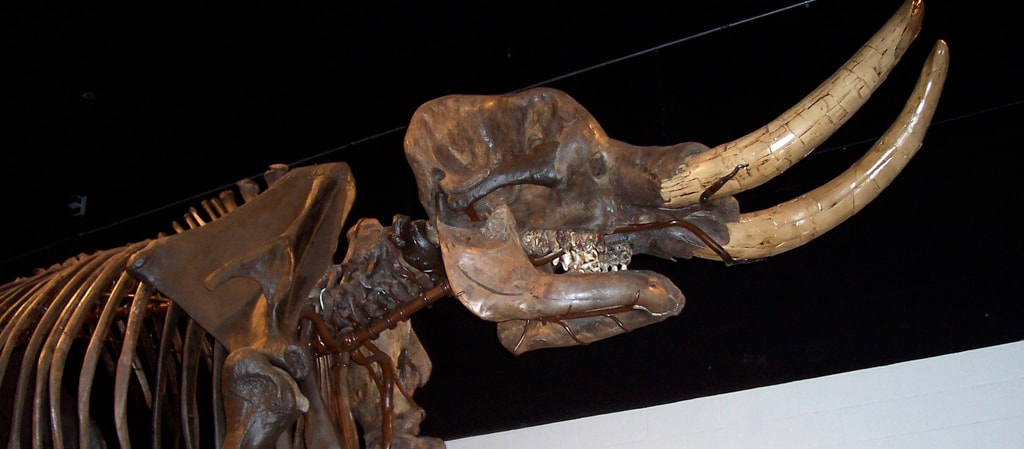
Cohoes Mastodon (Photo: O World of Photos on Flicker (CC BY-NC-ND-2.0)) 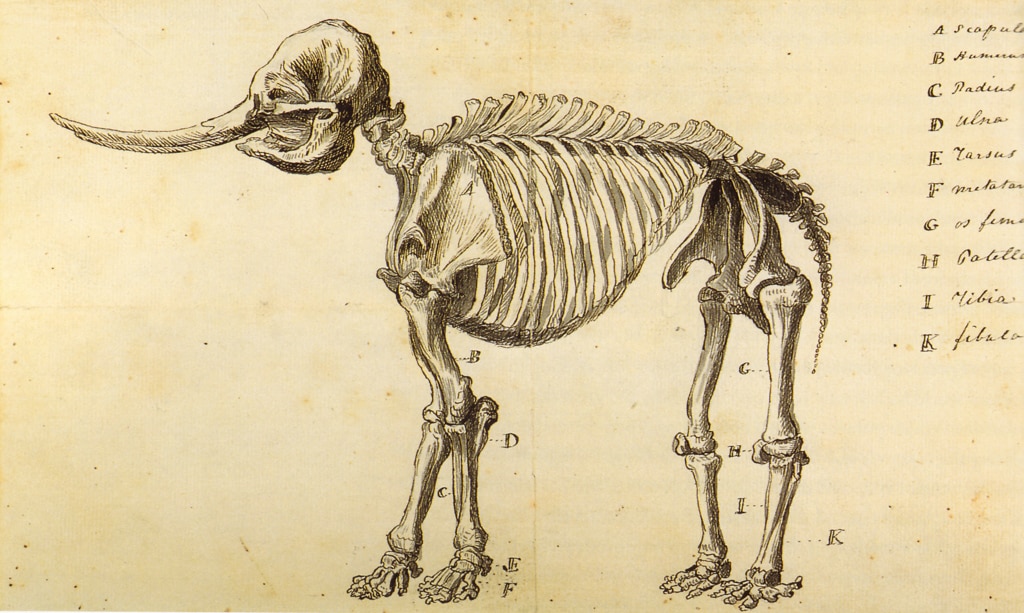
Working Sketch of the Mastodon by Rembrandt Peale (Credit: Rembrandt Peale – Public domain) 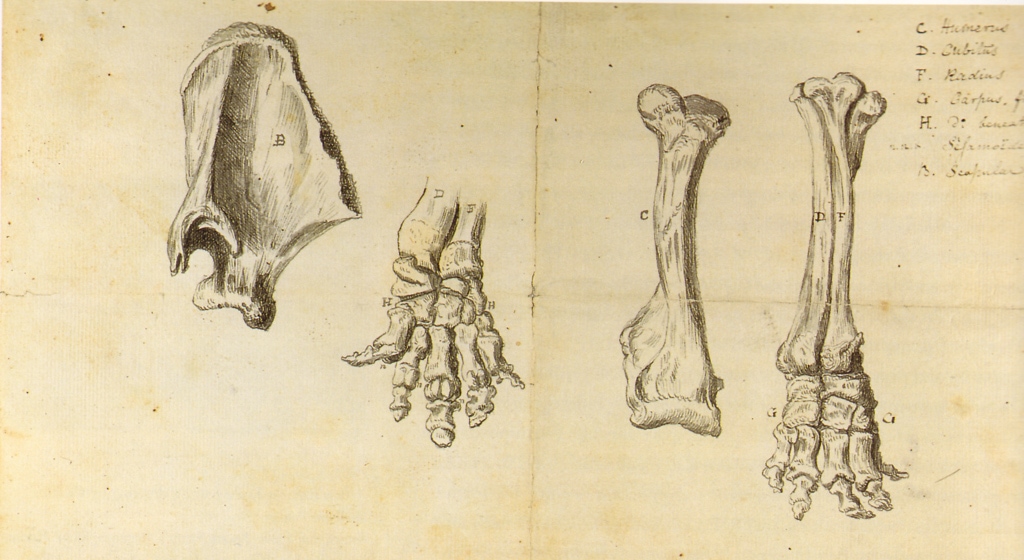
Working Sketch of the Mastodon by Rembrandt Peale (Credit: Rembrandt Peale – Public domain) 
Current image Peale’s Exhumation of Mastodon site – Montgomery, NY






